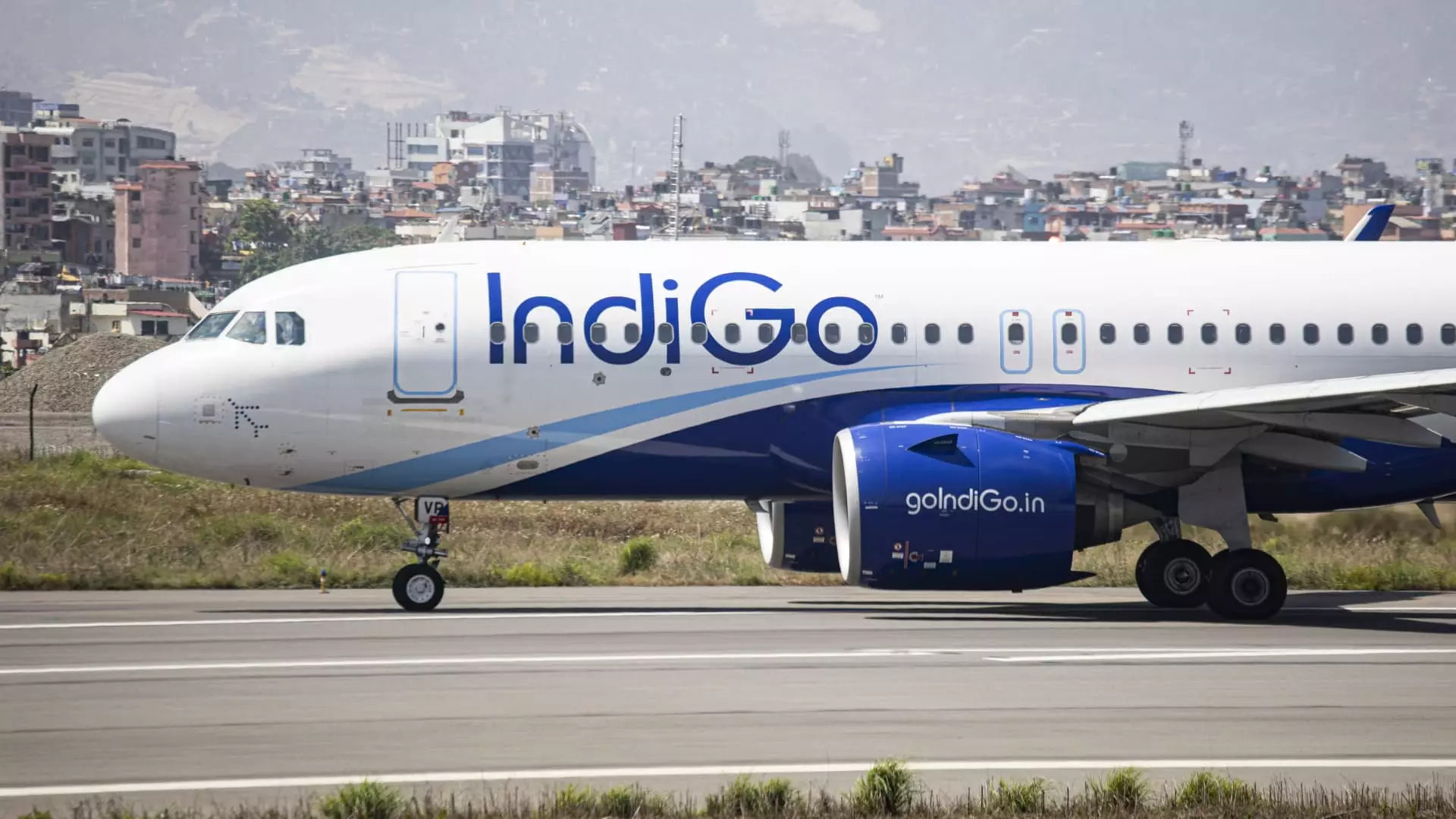In a striking move that reverberated throughout the aviation industry, Pakistan’s decision to close its airspace to Indian airlines recently has triggered a fundamental shift in air travel dynamics. This bold act is not simply a technical adjustment; it reflects deep-rooted geopolitical tensions and international relations complexities between two nuclear-armed neighbors—India and Pakistan. While the immediate consequences are apparent for airlines and travelers alike, the broader implications for the aviation landscape deserve deeper exploration.
Networking routes that connect India to Europe, North America, Central Asia, and the Middle East have now significantly altered. Major Indian carriers—including Air India, IndiGo, SpiceJet, and Akasa Air—are grappling with the repercussions of these adjustments. Flights now require longer detours, notably affecting westbound connections that must embrace lengthy, cost-intensive routes. For travelers, this shift could mean inconvenient refueling stops or, in some extreme cases, complete route cancellations. The logistical costs are not just financial; they impact scheduling, planning, and, ultimately, customer satisfaction.
Financial Ramifications: Beyond the Ticket Price
The stakes are high, and the financial toll from these changes is already manifesting. IndiGo anticipates that dozens of its international flights will directly feel the effects, with estimates indicating that around 50 routes might see alterations. The introspective question emerges: how will this affect the competitive positioning of Indian airlines in the global market?
With less operational flexibility due to Pakistan’s airspace restrictions, Indian carriers may find it challenging to maintain their market share, particularly against international airlines that can still traverse Pakistani airspace. This could result in reduced competitiveness on key routes, as airlines from other countries continue to enjoy unimpeded access. As a tangible illustration, an Air India flight from New Delhi to New York was diverted to Copenhagen for a refueling stop, arriving nearly six hours late—a clear departure from normal operational standards that raises operational costs significantly.
Concerns regarding operational costs are further highlighted by comparisons with the ramifications of past airspace restrictions. A five-month ban on Indian air traffic over Pakistan in 2019 led to substantial economic repercussions, costing Indian airlines approximately 7 billion Indian rupees ($82 million). Reflecting on these figures, it’s evident airlines must navigate a turbulent financial waterscape, potentially forcing them to readjust ticket prices or alter service offerings while maintaining profitability.
Passenger Perspectives: An Uncertain Air Travel Experience
Travelers navigating the changing landscape of air travel may find both positives and negatives in the current situation. While some airfares have dropped on select routes, particularly those connecting New Delhi to Srinagar—and amidst a backdrop of increasing air travel demand during peak vacation seasons—there lurks an undercurrent of uncertainty. An environment where flight schedules become unpredictable can dampen the enthusiasm of even the most seasoned travelers.
The possibility of reduced price tags is tempting but comes with caveats. Airfare adjustment may represent a strategic move by airlines to entice travelers amid changing conditions, yet service reliability remains paramount. As confirmed by John Grant, chief analyst at the aviation intelligence firm OAG, the effect of airspace closure may be more of a symbolic deterrent rather than a primary cost-driving factor. Travelers might not witness drastic price hikes, but they could experience the frustration of altered itineraries and extended delays that accompany redirected flights.
Adding to this reality is recent turmoil following the tragic incident in Jammu and Kashmir that claimed the lives of 26 tourists, linking the urgency to evacuate and heightened scrutiny over travel to the once-popular region. Tour operators and airlines alike are responding by adjusting their services, either providing refunds or hastily rearranging bookings.
The Broader Impact on Tourism: A Fragile Ecosystem
As international travel routes commercialize and tourism flourish over the years, the fragile ecosystem of the Kashmiri landscape stands at a precarious juncture. Renowned for its breathtaking beauty, Kashmir’s booming tourism has faced profound challenges. Journalist Muheet Ul Islam captures this tension, observing that current circumstances have silenced the once-bustling echoes of tourists in this picturesque region.
The intricacies of this crisis pose difficult questions about the future of travel to areas steeped in beauty but laden with conflict. With the Middle Eastern corridors being a lifeline for many Indian workers and leisure travelers, the long shadows cast by political discord may usher in a prolonged period of caution among prospective travelers. Such turbulence doesn’t merely affect airlines and travelers; it ripples across the broader economy, affecting hospitality, local businesses, and the livelihoods dependent on the steady stream of tourism.
The ramifications of Pakistan’s airspace closure extend far beyond immediate flight cancellations and longer detours. The undercurrents of geopolitical tensions fiercely affect the aviation industry, consumer behavior, and tourism dynamics, revealing the interconnectedness of our global society while underscoring the high stakes involved in aviation commerce. As air travel continues to evolve amid these challenging conditions, stakeholders must rally together to address the multifaceted implications that underscore the reality of modern aviation.


Leave a Reply